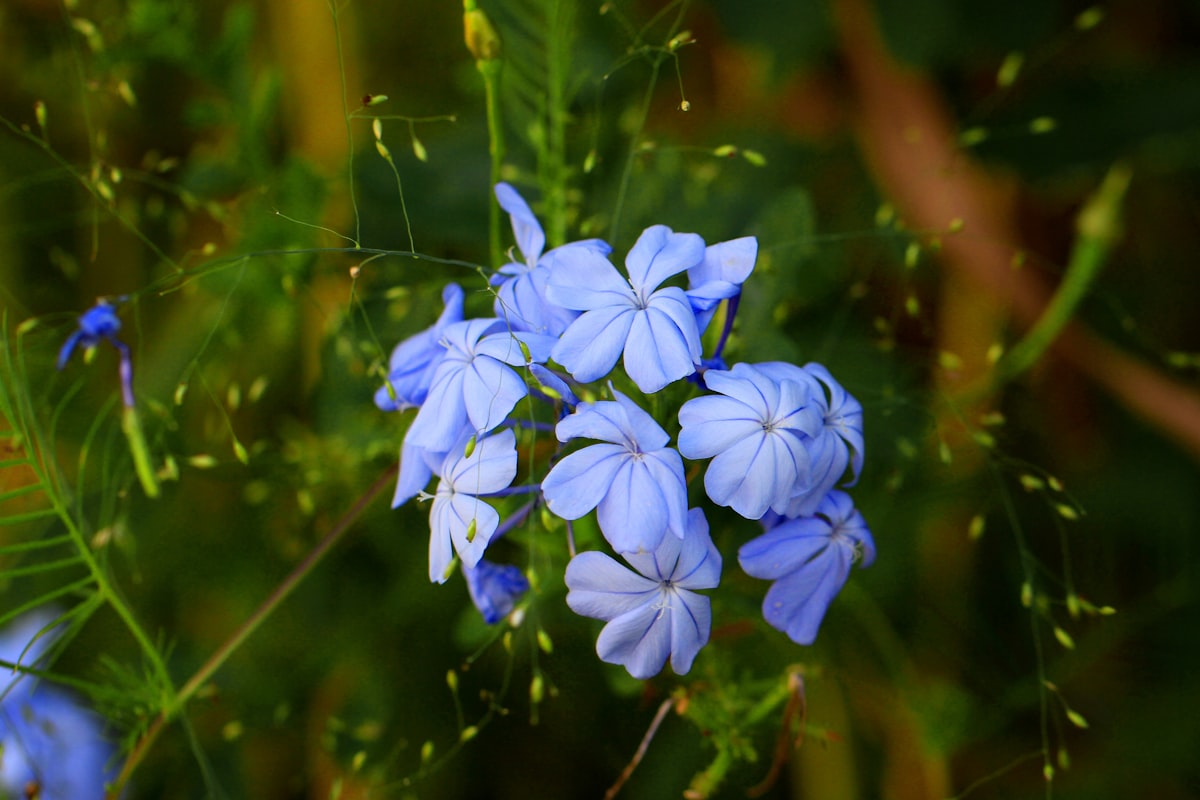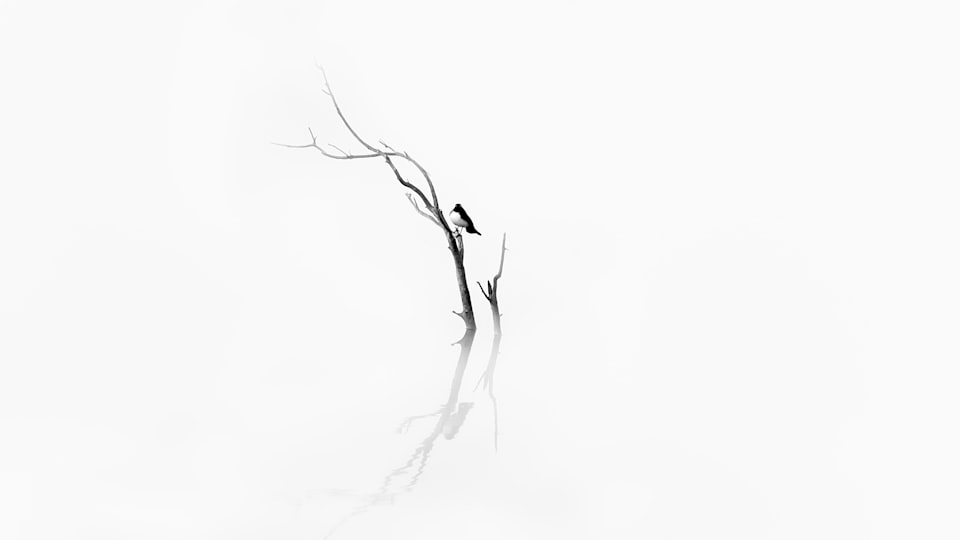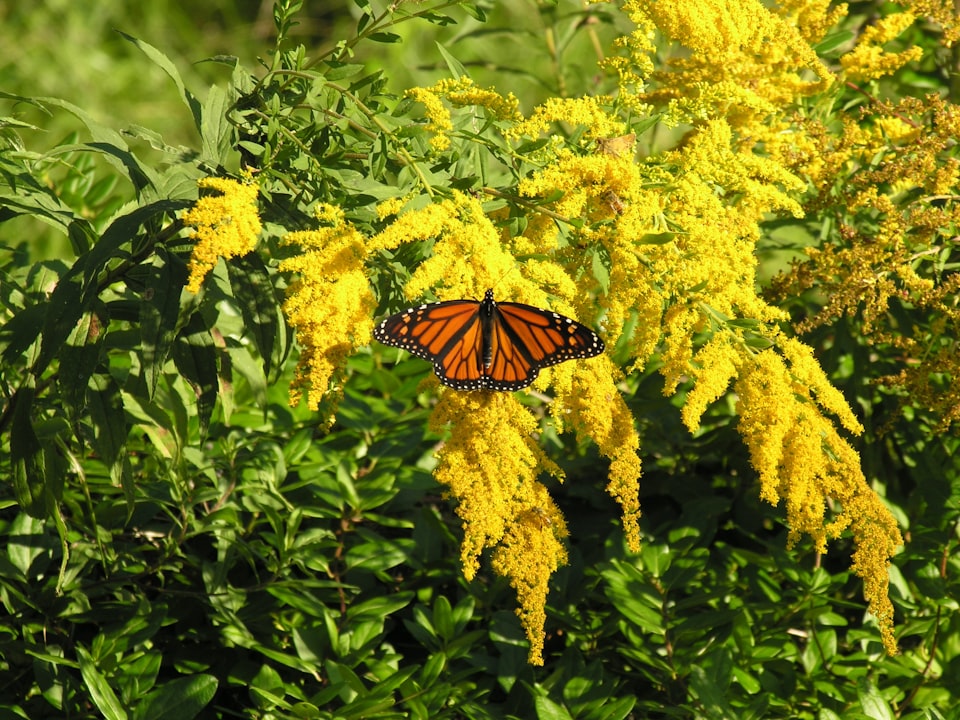VIII: Plumbago
Putting leadworts on trial for murder.

Good morning. Today is octidi, the 18th of Brumaire, Year CCXXXI. We celebrate la dentelaire, a climbing plant with brightly colored petals.
The name "leadworts" has a tendency to be applied to any flower with a distinctive cerulean blue that's associated with lead, so we're going to hone in on the genus of flower that's most likely to have been the one on Fabre d'Eglantine's mind, based on ubiquity and habitat.
The word plumbago is from Latin roots meaning "resembles lead" due to the startling blue color of one varietal. European medical traditions held that this resemblance to leaded metal would mean the flower is effective against lead poisoning. It's not, but that's where "leadworts" came from. (In general, when you see "worts," it doesn't mean skin bumps ahoy, but some sort of antidote to whatever's in the other half of the name.)
Due to its common confusion with a variety of other flowers – and that fact that some varietals in the genus are definitely not edible – it's no longer advised to put leadworts in your mouth unless you're absolutely sure it's Plumbago europaea or the Ceylon variety, and even then, get ready for a whole lot of nothing to happen.
If you're an insect, however, the flower becomes infinitely more interesting.



